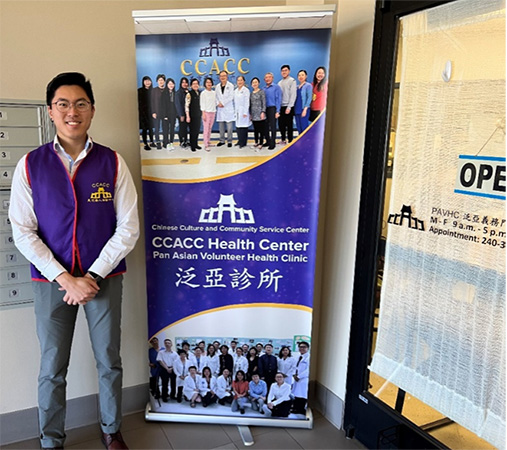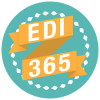
This past March marked the third year of the COVID-19 pandemic that swept the world, the impacts of which are still being felt across the country. In addition to medical and logistical challenges, the pandemic has highlighted shortcomings of public health infrastructure in providing resources for diverse populations. This is my story about identifying barriers to accessibility and how I worked with my local Asian American community to address those barriers.
Barriers to accessibility
- Insufficient language access programs (LAP) - Local and state governments disseminated public health information in only English and Spanish during the early months of mass vaccination efforts. This information was not linguistically accessible to non-English speaking Asian Americans.
- Inaccessible public health information – Mass vaccination sites were physically accessible to populations that could easily travel and were already receptive to being vaccinated. Much of the elderly and non-English speaking Asian American population could not access these sites.
- Creation of a climate for COVID-19 vaccine hesitancy – Elderly and non-English speaking Asian Americans were distrustful of vaccines due to the lack of physically and linguistically accessible information from reputable sources.
How I came to be involved in public health outreach
As a second-generation Chinese American growing up in Rockville, I always felt very connected to the local Asian American community. Taking a double gap year before medical school allowed me to return to the area and pursue a postbaccalaureate Intramural Research Training Award position in the Medical Genomics Unit at the National Human Genome Research Institute.
During my search for clinical volunteering opportunities to bolster my gap year experience, I found out about the Chinese Culture and Community Service Center (CCACC) and its Pan-Asian Volunteer Health Clinic. The Gaithersburg-based CCACC organized and petitioned government agencies for funding and access to COVID-19 vaccines. These efforts helped connect the Asian American community to public health resources. What started as simple exposure to clinical medicine quickly developed into my passion for bringing quality and accessible healthcare to underserved Asian American populations within Montgomery County and beyond.
Bringing change and accessibility to the Asian American community
Much of my work with CCACC addressed the lack of resources at the Pan-Asian Volunteer Health Clinic and the management of patient care provided by volunteer physicians. These events and outreach programs have been a great experience for me to give back to the community where I grew up.
- Expanding local healthcare services - My work in developing quality assurance workflows and coordinating with the Maryland Breast and Cervical Cancer Screening program has ensured that the Pan-Asian Volunteer Health Clinic is compliant with state expectations. The clinic is on a path to future success as they expand services to more patients.
- Spreading the word about community resources - I have participated in many community events to spread awareness about what resources are accessible through health fairs and basic health screenings for the elderly and uninsured.
- Implementing LAP to non-English speakers - Many participants did not speak English which afforded me the opportunity to practice my Mandarin and provide relevant information.
Dedicate yourself to causes of accessibility and equity
As researchers and policy experts, it is easy to overlook specific cultural needs and nuances. My experiences have shown me that, while the broadness of reach in public health responses is important, we must also be committed to making these resources accessible to the most vulnerable communities. I encourage every one of you to set a goal for this upcoming year; find a local cause you identify with and contribute to it. Together, we can work towards realizing equal, equitable, and accessible resources to promote a healthier future for all.
Providing LAP is an important part of creating inclusive healthcare settings and work environments. Learn more about NIH’s program by contacting your Institute or Center’s LAP technical expert.
Do you have a story idea for us? Do you want to submit a guest blog? If it's about equity, diversity, or inclusion, please submit to edi.stories@nih.gov.
For news, updates, and videos, subscribe or follow EDI on: Twitter, Instagram, Blog, YouTube.






